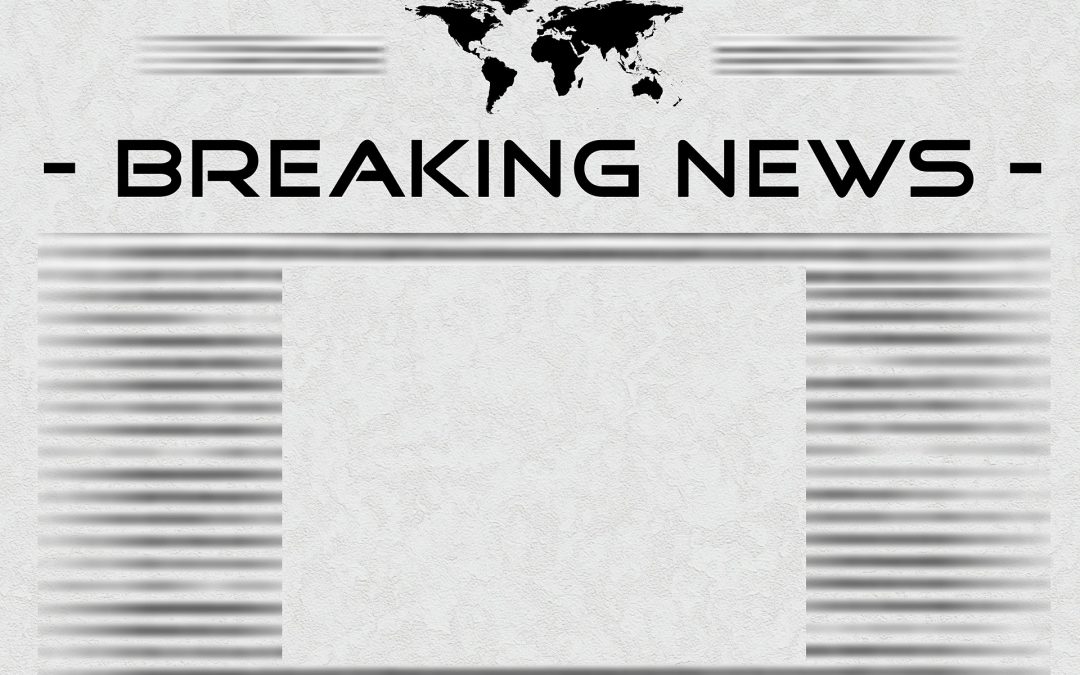PR is all about relationships.
The relationship with your customers. The relationship with your employees, your stakeholders and the wider public. It’s about how they see you, what they think of you and whether they trust you.
As a PR consultant, one of the most important relationships I have, is with my journalist contacts.
I am the bridge between my client and the journalist, so a lot depends on how they see me, what they think of me and whether they trust me.
A lot of people don’t realise that it can take a long time to develop a good relationship with a reporter. It can take several quality stories and good interviewees before they feel you are one to trust and form a professional relationship with.
This has become even harder to achieve, but never more important, in a time where the news cycle changes almost on an hourly basis, reporters have multiple editors to get by and the demand for content from their audiences has grown and grown.
Here are a few tips in how to build good relationships with the media:
Know what the journalist likes
Having a good understanding of the area the journalist covers is important in knowing what type of story to send them. For example, don’t send a health reporter a story about physics. Take the time to read what they’ve done before and how they’ve handled certain stories.
Know the difference between national and regional reporting
While there are some overlaps in the type of stories they cover, regional news outlets will primarily be interested in what’s happening on their patch or want to hear from people who are in their patch, so know the geographical boundaries of the outlet. On the opposite side, national outlets won’t really care where a story has come from and instead will want to know what impact that story good have or whether it will interest their readers up and down the land.
Know the difference between media outlets types and what they need to cover a story
Different types of media outlets need different things to cover a story. Images are usually always crucial but if you don’t have them, an online news site or a newspaper may still cover the story. However, broadcast TV need different images that show the story and people that are willing to be interviewed on camera. They also need time to film and edit the story so know their deadlines.
Set the right embargo
An embargoed press release cannot be published by a media outlet until the specific time and date stated. Embargoes are both a positive and a negative. If you are going to set one, set one that is favourable to the media you are targeting. Journalists are very unlikely to run a story that does not have a favourable embargo to them so know when a newspaper goes to press or when a radio show begins. This will help the reporter and help you get the story coverage.
These are just a few ways of working that will help build good relationships with journalists, and I haven’t even touched on making sure you send them a quality story – that’s a blog for another day.
Thankfully, over the past 10 years I have been able to build, develop and maintain quality relationships with journalists at reputable media outlets, which have served me very well in the jobs that I have had and now in my freelance capacity. When you hire me or any PR consultant or agency for that matter, you are not only hiring my expertise, experience and know-how, but you’re also hiring access to my relationships.
I’ll be writing a new blogs over the coming months about the link between PR and relationships so keep an eye out for those and if you want to chat through your PR needs then please do not hesitate to get in touch.

Recent Comments